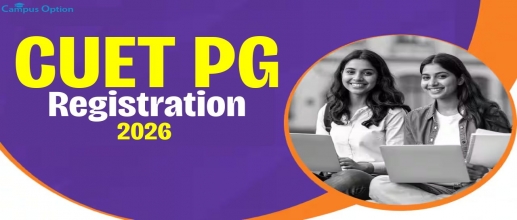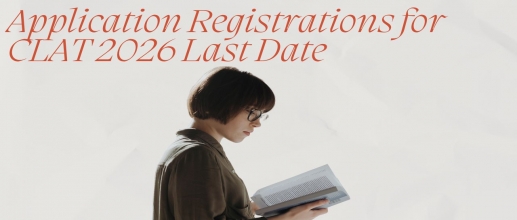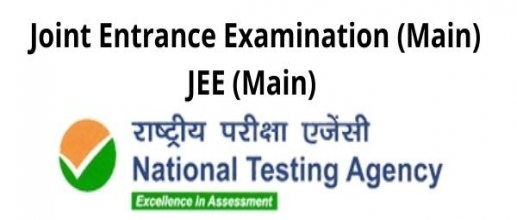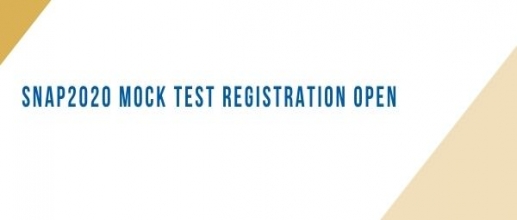Education News & Articles
[POST ON: 2025-12-17]
Vellore Institute of Technology has began the VITEEE 2026 registration process. Candidates who are looking for admission to the B Tech at VIT campuses ( VIT Vellore, VIT Chennai, VIT Andhra Pradesh (AP) and VIT Bhopal ) must register online on the official website. VITEEE 2026 application form is available online. As per the schedule, ....[POST ON: 2025-12-17]
The National Testing Agency (NTA), has announced the registration for CUET PG 2026. Candidates who are seeking to get admission into PG degree programs at the best central/state universities or deemed universities like Delhi University (DU), BHU, JNU, AMU, must register for CUET PG Exam 2026 Each year lakhs of candidates appear for CUET PG to ga....[POST ON: 2025-12-13]
Karnataka is one of India’s strongest hubs for medical education. From nationally ranked teaching hospitals in Bengaluru to world-class private institutions in Manipal and Mangaluru, the state offers a wide spectrum of options for MBBS, MD/MS and allied health courses. If you’re preparing for NEET and researching top medical colleges....[POST ON: 2025-12-13]
Bangalore, widely known as the Silicon Valley of India, is not only a global IT powerhouse but also one of the best destinations for MBA education in India. With its strong corporate ecosystem, startup culture, multinational presence, and innovation-driven economy, the city offers unmatched exposure for management aspirants. Every year, thous....[POST ON: 2025-12-13]
BITSAT 2026 Exam: Registration, Eligibility, Exam Date, Syllabus, Pattern & Complete Guide The Birla Institute of Technology and Science Admission Test (BITSAT) is one of India’s most competitive engineering entrance examinations. Conducted by BITS Pilani, BITSAT opens the gateway to prestigious campuses at Pilani, Goa, and Hyderaba....[POST ON: 2025-12-13]
Registration Starts for 764 Posts at drdo.gov.in The Defence Research and Development Organisation (DRDO) has officially started the online registration process for CEPTAM 11 Recruitment 2025, offering a total of 764 vacancies across technical posts. Interested and eligible candidates can apply through the official website drdo.gov.in. Thi....[POST ON: 2025-11-03]
The IIT Bombay has opened the form correction facility for the Joint Admission Test IIT JAM 2026. Those who have submitted the forms earlier can avail this facility of correction window to make the changes by visiting the official website at jam2026.iitb.ac.in. Candidates can access the correction window till 10 November 2025. After this d....[POST ON: 2025-11-03]
Recently, the Consortium of National Law Universities (NLUs) has issued a revised notification regarding the CLAT 2026 application process. As per the latest update, the deadline for submitting the CLAT 2026 application form has been extended until November 7, 2025 (11:59 PM). Candidates who have not yet registered for the exam should take advan....[POST ON: 2025-11-03]
JCECE conducts Jharkhand NEET PG counseling. The authorities have announced the registration dates for the counseling process. JCECE had released the official notification of NEET PG counseling on October 31, 2025. The actual Jharkhand NEET PG 2025 counseling registrations will begin from November 2, 2025. Applicants can check the official websi....[POST ON: 2025-11-03]
IIM Kozhikode is conducting body of CAT 2025. The exam will be held on November 30, 2025. As per the latest update, the CAT 2025 admit card will be released on November 5, 2025. Applicants can download the admit card from the official website at iimcat.ac.in. The CAT 2025 registration last date was September 20, 2025. Candidates should ....[POST ON: 2025-11-03]
KEE is an institute-level entrance exam held by Karunya Institute of Technology and Sciences. KITS has released application forms for KEE 2026 on their official website. KEE is held twice a year, i.e, in January and April. Students seeking B-Tech admissions in KITS shall appear for KEE 2026. As per the official website, Karunya Entrance Exam ....[POST ON: 2025-11-03]
AEEE- Amrita Engineering Entrance Exam 2026 is an institute-level entrance exam conducted by Amrita Vishwa Vidyapeetham. Amrita Engineering Institute has now started its application for AEEE 2026 to provide admission for the B-Tech program. AEEE 2026 is held in two phases in January and April. The AEEE 2026 exam date for phase 1 starts ....[POST ON: 2025-11-01]
Online MBA in India: Top Programs, Benefits, and Career Advantages for Working Professionals. The demand for Online MBA programs in India is growing rapidly, rivaling traditional Full-Time and Executive MBA options. Designed to meet the rising need for skilled business leaders, these programs empower professionals to gain advanced management ....[POST ON: 2025-11-01]
SRM University of Science and Technology has released the application forms for SRMJEEE 2026. Candidates can visit the official website at srmist.edu.in. The exam will be held in three phases in April, June, and July. As per the given schedule, phase 1 of the SRMJEEE 2026 exam date is on April 23-28, 2026, Phase 2 is from 10 June to 15 June, and....[POST ON: 2025-11-01]
NTA has announced the exam schedule of JEE Main 2026 for both sessions. It will be held in the months of January and April. However, the applications are yet to be opened. Soon, NTA will announce the application release date. Candidates can easily apply using the official website at jeemain.nta.nic.in. Session 1 JEE Main 2026 will run f....[POST ON: 2025-10-08]
For admission to MBA/PGDM courses, the Symbiosis University will organise the Symbiosis National Aptitude Test ( SNAP) exam. Here we provide SNAP mock test 2025, based on the latest SNAP exam pattern and syllabus. Our SNAP mock test series is designed by experts and available free of cost. SNAP 2025 will be held in three phases &....[POST ON: 2025-10-07]
The National Testing Agency (NTA) has published the JEE Main 2026 Online registration guidelines. Candidates who wish to sit for JEE Main 2026 must thoroughly study the eligibility requirements, important dates, and detailed instructions before submitting the JEE Main 2026 application form. The registration process will be entirely online, ....[POST ON: 2025-10-06]
SPJIMR Admission 2026 is open for its flagship program, PGDM (Batch 2026-2028), which is identical to the MBA. The mode of admission process is entirely online. Interested and eligible candidates can visit the official website to fill out the SPJIMR MBA application form 2026. SPJIMR is one of the top MBA colleges in India based on acade....[POST ON: 2025-10-06]
The Manipal Entrance Test (MET) Application Form 2026 has been published, and candidates can now apply online on the official website. MET is one of the popular entrance exams in India. Nearly 1-2 lakh aspirants register for this exam every year. It is conducted by MAHE/Manipal University. Candidates looking for Manipal B Tech Admis....[POST ON: 2025-09-16]
On behalf of the Xavier Association of Management Institutes (XAMI), XLRI Jamshedpur has announced the XAT 2026 mock test dates. The mock test is very significant for all aspirants who are preparing for the XAT Exam 2026 (Xavier Aptitude Test). It gives them a chance to experience what the actual exam will be like in terms of format, timing and ....



















